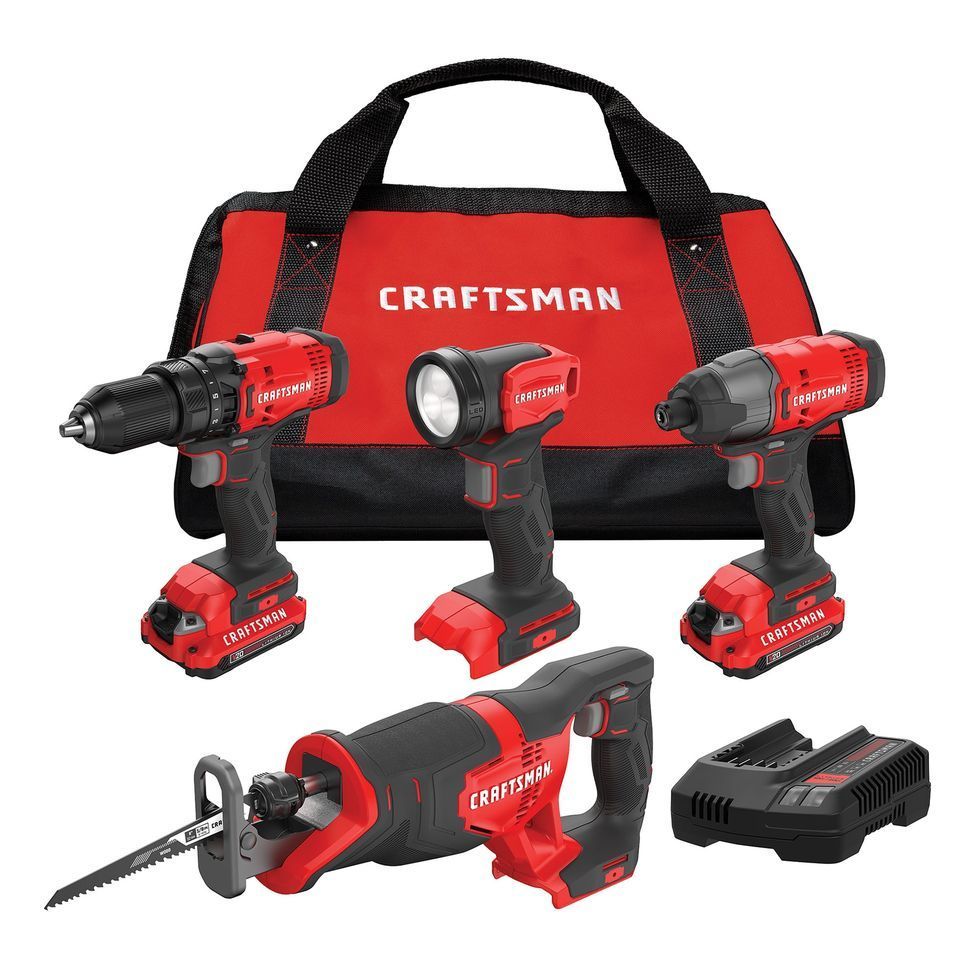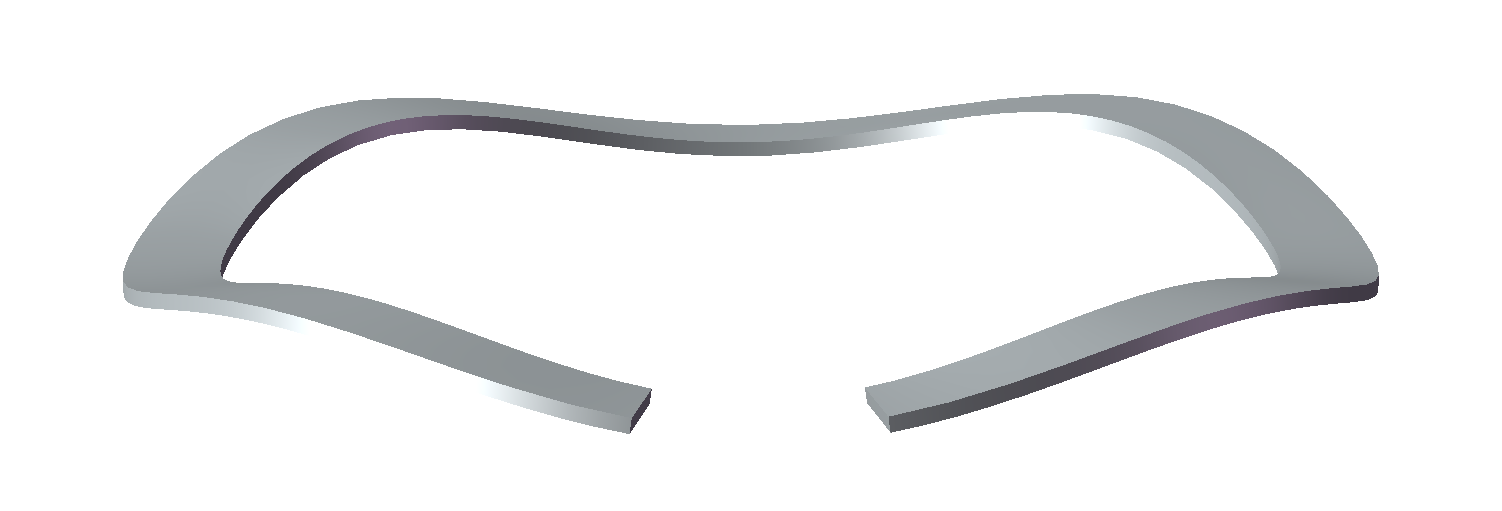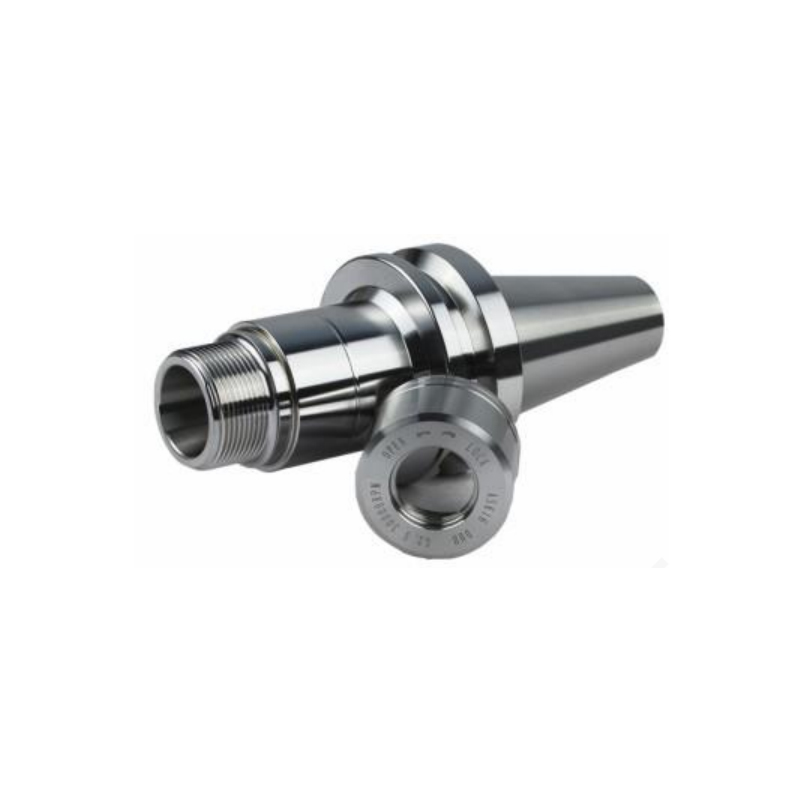
Welcome to our comprehensive guide on the use of cutting tools in modern manufacturing. In this article, we will delve into the various types of cutting tools, their applications, and the impact they have on the manufacturing process. We will also discuss the different materials used in cutting tool manufacturing and the advantages and disadvantages of each. So, let's get started!
What are Cutting Tools?
Cutting tools are essential components of any manufacturing process that involves the removal of material. They are used to slice, dice, carve, or mill a workpiece into a desired shape or size. Cutting tools come in a wide range of styles and are made from a variety of materials. The most common types of cutting tools are drill bits, saw blades, end mills, and router bits.
Drill Bits
Drill bits are used for piercing holes in a workpiece. They come in a range of sizes and shapes to suit different applications. Some common types of drill bits include twist drills, diamond drill bits, and step drill bits. Drill bits are made from high-speed steel, carbide, or diamond. High-speed steel drill bits are economical and suitable for most drilling applications, while carbide drill bits offer better wear resistance and are suitable for drilling hard materials. Diamond drill bits are used for drilling through very hard materials such as concrete and stone.
Saw Blades
Saw blades are used for cutting wood, plastic, and other materials. They come in a range of sizes and tooth configurations to suit different cutting requirements. Saw blades are made from high-speed steel, carbide, or diamond. High-speed steel saw blades are economical and suitable for most woodcutting applications, while carbide saw blades offer better wear resistance and are suitable for cutting hard materials such as concrete and stone. Diamond saw blades are used for cutting extremely hard materials.
End Mills
End Mills are used for profiled cuts in various materials such as steel, aluminum, plastic, etc. They come in a range of sizes and shapes to suit different applications. End Mills are made from high-speed steel, carbide, or diamond. High-speed steel end mills are economical and suitable for most milling applications, while carbide end mills offer better wear resistance and are suitable for milling hard materials. Diamond end mills are used for milling extremely hard materials.
Router Bits
Router bits are used for woodworking applications to carve or shape the surface of a workpiece. They come in a range of sizes and shapes to suit different routing requirements. Router bits are made from high-speed steel, carbide, or diamond. High-speed steel router bits are economical and suitable for most routing applications, while carbide router bits offer better wear resistance and are suitable for routing hard materials such as concrete and stone. Diamond router bits are used for routing extremely hard materials.
Conclusion
Cutting tools are essential components of any manufacturing process. They play a crucial role in removing material to create desired shapes and sizes in a wide range of industries such as automotive, aerospace, construction, and more. The right cutting tool for the job can significantly improve production efficiency, reduce wear and tear on machinery, and ensure precision results every time. In this article, we have covered the various types of cutting tools available and their uses in different applications. We hope this guide has provided you with a better understanding of the importance of cutting tools in modern manufacturing.





